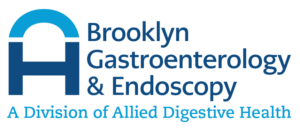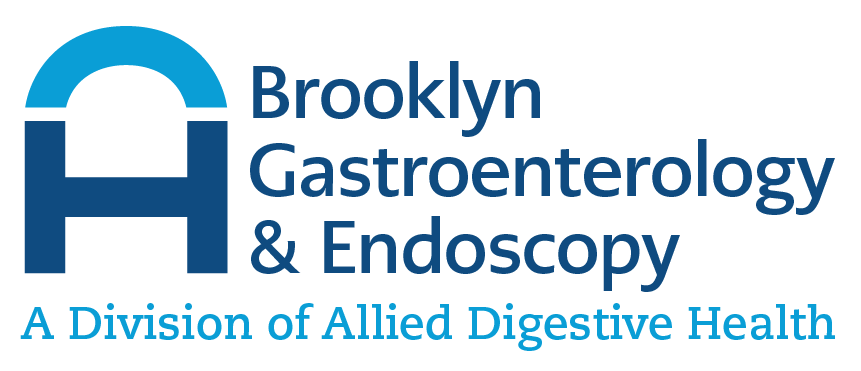What Is Esophageal Dilation/Testing?
If it’s discovered that you have narrowing of your esophagus, then your gastroenterologist may order an esophageal dilation. This procedure allows the physician to dilate and stretch your esophagus. The procedure is typically performed using upper GI endoscopy, but other methods may be more appropriate, depending on the individual case.
Why Is Esophageal Testing Performed?
The narrowing of the esophagus is the most common reason for esophageal dilation. When the esophagus becomes too narrow, patients may have trouble swallowing food, or it may feel like there is something “stuck” when they eat. If the esophagus is too narrow, patients may feel pain or discomfort every time they eat.
What Are the Causes of Esophageal Blockage?
There are several potential causes of esophageal blockage, all of which can be treated with esophageal dilation. All types of blockage or narrowing of the esophagus will make it difficult and painful to eat. Different types of esophageal blockage include:
- Acid reflux stricture. Stricture is another term for the narrowing of the esophagus, and acid reflux stricture is the most common cause of esophageal blockage. When stomach acid makes its way into the esophagus often, the esophagus begins to become inflamed and scarred. Over time, the scar tissue narrows the lining of the esophagus.
- Achalasia. Achalasia is a type of rare disorder that damages the nerves in the esophagus. The lower esophageal sphincter muscle spasms often and fails to relax, not allowing food to pass. Also, esophageal contents trickle down into the stomach, causing additional problems.
- Ingesting chemicals or toxins. If you swallow something that is chemical or a poison (gasoline, bleach, etc.), this can cause esophageal damage and scarring, which causes narrowing. This type of esophageal blockage occurs most often in children.
- Heredity. It is possible to inherit esophageal strictures from birth.
- Tumors. Growths on the digestive tract can narrow the esophagus. After esophageal dilation is performed, this type of blockage will require additional treatment.
- Schatzki’s Ring. Physicians do not know why this type of stricture occurs. In this condition, a ring of fibrous tissue develops around the lower esophagus, causing a narrowing.
What Is Upper Endoscopy?
Esophageal dilation is performed with upper endoscopy. Upper endoscopy is a nonsurgical, outpatient procedure that allows gastroenterologists to diagnose upper gastrointestinal tract diseases. During an endoscopy, you’ll be put under sedation for the procedure. However, you won’t feel any discomfort. Your physician may also apply local anesthesia to the back of your throat so you don’t gag or cough during the procedure. Once medication has been administered intravenously, the doctor takes a small, thin tube called an endoscope and inserts it into the throat and mouth. In a typical diagnostic endoscopy, a small camera is attached to the end of the tube, so the doctor can examine the esophagus, stomach, and duodenum (top part of the small intestine). However, endoscopy used with esophageal dilation is considered to be therapeutic endoscopy, which treats or manages diseases rather than diagnosing them. After an upper endoscopy, you’ll remain in the doctor’s office or hospital for an hour to be monitored and then are discharged home. Your doctor will advise you to test for the rest of the day, resuming normal activities the following day. Endoscopy is a low-risk procedure.
What Are the Different Types of Esophageal Dilation?
The type of esophageal dilation depends on each individual case and what the healthcare provider believes is best for the patient. Different methods include:
- Guided wire bougie. During this procedure, the doctor inserts a wire into an endoscope. The wire is left in place, but the endoscope is removed. Next, a dilator is passed through, down the esophagus, across the stricture, and crosses the wire. The wire is then removed.
- Balloon dilators. Using an endoscope, the gastroenterologist can see the stricture directly. The doctor will then insert a deflated balloon and inflate it. This stretches and breaks the stricture.
- Achalasia dilators. Achalasia requires a larger balloon dilator and is always performed with X-ray control. During this procedure, the doctor will use the endoscope to break the spasmodic muscle fibers at the lower esophageal sphincter.
- Simple dilators (bougies). Using this method, dilators are passed down through the esophagus with increasing thickness. This is the simplest, least invasive, and most common method of esophageal dilation.
What Is the Preparation for Esophageal Dilation?
Preparation for the procedure is similar to that of a typical upper endoscopy. Typically, you must fast (no food, liquids, or water) for six hours before the procedure, however, your physician may increase the fasting time. Be sure to let your physician know about all your medications, particularly blood thinners. Make sure you have someone to drive you home after the dilation, as you still will be groggy.
What Happens After Esophageal Dilation?
After the procedure, you’ll be taken to a recovery room, where you’ll be monitored for about an hour. Esophageal dilation is an outpatient procedure, so you’ll return home after your recovery time. Make sure you rest for the remainder of the day. Carefully listen to your doctor’s instructions, however, most patients can return to work and resume normal activities the next day.
Are There Any Complications from Esophageal Dilation?
There is a very low risk of complications after an esophageal dilation procedure, such as with other endoscopic procedures. Some possible, but rare, complications include:
- Perforation of the esophagus
- Tear of the esophageal lining
- Nausea or other side effects from anesthesia
If you experience symptoms after the procedure, such as fever, difficulty breathing, trouble swallowing, bleeding, or black, tarry stools, you should contact your healthcare provider immediately.

